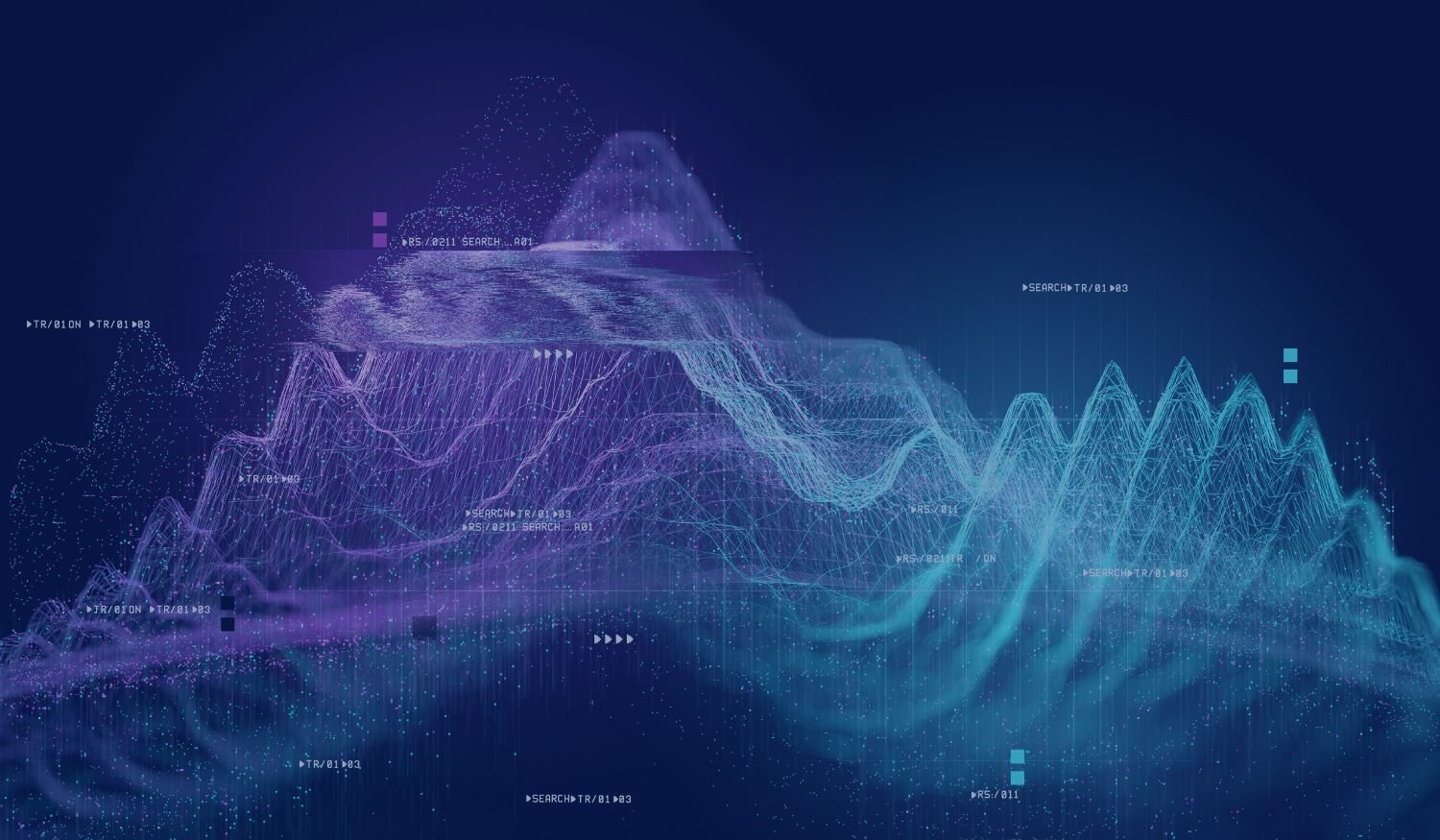The Evolution of SIEM: Leveraging New Solutions for Cloud Security
Organizations are rapidly shifting to cloud environments, drawn by the cloud’s ability to offer easier access to GPUs and massive data storage, which are essential for generative AI (GenAI) projects. This transition brings new security concerns that require fresh approaches and solutions.
Recently, Cliff Crosland, CEO and co-founder of Scanner.dev, shared his insights with us into these developments and the necessary strategies for cybersecurity professionals. In our discussion, Crossland addressed the current trends in cloud security, the shortcomings of legacy SIEMs, and the innovations that are shaping the future of cybersecurity.
The Cloud and GenAI Convergence
As organizations embrace GenAI projects, a clear trend has emerged: the majority of these initiatives are run in the cloud. Crosland highlights two primary reasons for this shift. First, the ease of accessing and upgrading GPUs in cloud environments such as AWS, GCP, and Azure is unmatched. On-premises infrastructure is often cost-prohibitive and lacks the agility needed to keep pace with advancements in AI hardware.
Second, the necessity of managing vast amounts of heterogeneous data—ranging from images and videos to PDFs and JSON files—makes cloud storage an ideal solution. Cloud data lakes offer scalable, cost-effective storage options, crucial for training AI models. Tools like Databricks, Snowflake, and Apache Hive are optimized for analyzing large datasets, further reinforcing the cloud's dominance in AI projects.
Cloud Security Challenges
Despite the evident advantages, the migration to the cloud introduces a new array of security concerns. Crosland identifies a significantly larger attack surface as one of the primary issues. Every cloud service presents a public API, potentially exposing vulnerabilities. Historically, services like Amazon S3 had default settings that made data buckets public, leading to numerous security breaches. Although default settings have improved, the expansive and continuously growing attack surface remains a critical concern.
Misconfigurations present another substantial risk. The flexibility of cloud infrastructure allows for rapid deployment and scaling, but it also increases the likelihood of errors. Infrastructure-as-Code (IaC) tools such as Terraform and CloudFormation simplify the setup process but can introduce vulnerabilities if not carefully managed. Additionally, reliance on generative AI coding assistants like GitHub Copilot can result in subtle yet significant configuration mistakes.
Leveraging New Solutions for Cloud Security
In response to these challenges, cybersecurity professionals are turning to innovative solutions. Cloud Security Posture Management (CSPM) tools like Wiz provide continuous monitoring for misconfigurations and network vulnerabilities. These tools are essential for identifying and mitigating risks associated with the dynamic nature of cloud environments.
Another emerging trend is the adoption of data lake-based logging solutions. Traditional SIEMs struggle with the sheer volume of logs generated in cloud environments, leading to exorbitant costs and limited data retention periods. By leveraging cloud storage for log management, organizations can achieve significant cost savings while maintaining comprehensive historical data for forensic analysis. Platforms like Snowflake and Amazon Security Lake enable scalable and cost-effective log storage, allowing for extensive investigative capabilities.
The Evolution of SIEM: Moving Beyond Legacy Solutions
The limitations of legacy SIEMs are becoming increasingly apparent. These systems were not designed to handle the massive log volumes generated by modern cloud infrastructures. As Crosland notes, the cost of traditional SIEM solutions can quickly escalate to millions of dollars per year as data volumes grow. Additionally, the short data retention windows—often limited to 30 days or less—impede thorough investigations of sophisticated threats that may lay dormant for extended periods.
Next-generation SIEMs address these shortcomings by drastically reducing costs and extending data retention capabilities. Modern SIEM solutions utilize cloud storage, reducing log storage costs to mere cents per gigabyte per month. This cost efficiency enables organizations to retain logs for years, providing the necessary historical context to identify and mitigate advanced persistent threats.
Furthermore, the speed of querying large datasets is a critical factor. Traditional SIEMs often require time-consuming processes to re-ingest archived data, delaying investigations. Next-gen SIEMs focus on optimizing query performance, enabling rapid analysis of extensive log data. This capability is crucial for timely threat detection and response, ensuring that security teams can act swiftly to neutralize risks.
Key Takeaways
The transition to cloud environments offers unparalleled opportunities for innovation but also necessitates a re-evaluation of security strategies. Leveraging advanced CSPM tools and next-generation SIEM solutions will be paramount in safeguarding organizations against emerging threats. By prioritizing cost efficiency, extensive data retention, and rapid analysis capabilities, organizations can enhance their security posture.
Share this
You May Also Like
These Related Stories

Enterprise Browser: Enhancing Security and User Experience

Insights from NFL's CISO: Safeguarding the Super Bowl


